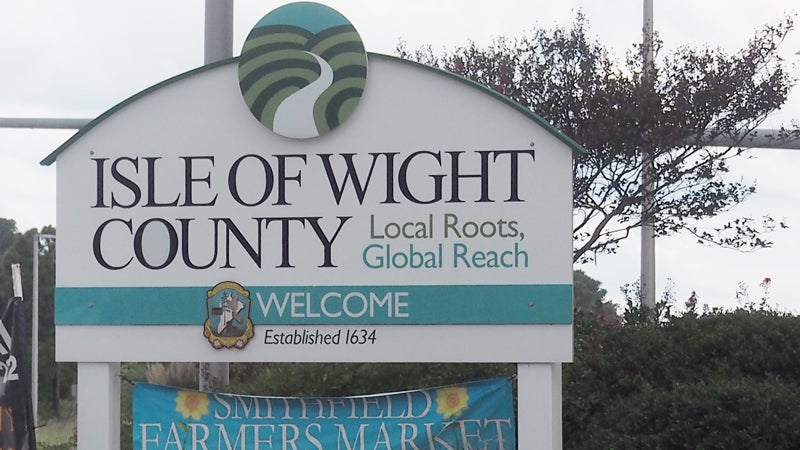Supervisor pushes for SRO at Carrsville
Published 7:05 pm Wednesday, May 6, 2020
By Stephen Faleski
Staff writer
County Administrator Randy Keaton’s original proposed budget for fiscal year 2020-2021 did not recommend adding any new employees — not even the five school resource officers Sheriff James Clarke Jr. had requested for each of the county’s elementary schools.
One supervisor, however, is now pushing for at least one SRO to be budgeted, preferably at Carrsville Elementary in his district.
“I don’t want to be the one who has to answer to parents if something happens,” Carrsville District Supervisor Don Rosie II said following the board’s public hearing on Keaton’s proposed budget last Thursday.
One speaker at the hearing‚ former School Board member Herb DeGroft, also advocated for the funding of Clarke’s request, particularly at Carrsville due to its remote location in the southern end of the county.
Clarke’s plan, which the sheriff had presented in February, had specified an estimated cost of $391,555 to hire and equip all five officers in one year, but had offered options for spreading that cost over a two- or three-year period by phasing in the new hires. Clarke said this figure did not include the cost of providing each officer with a Sheriff’s Office vehicle.
Rosie added that Carrsville depends upon the county’s mutual aid agreements with the town of Windsor’s police department and the city of Franklin’s police department, both of which would likely be able to arrive faster than the Isle of Wight Sheriff’s Office were an emergency to occur at the school.
“The response time has been 10-15 minutes many times,” he said. “Franklin is the first one almost always to get there. We’re depending on another jurisdiction for response time … [It’s] not because it’s simply my district. At the end of the day … the sheriff, he’s the professional. The sheriff is recommending this.”
While he acknowledged the anticipated loss of tax revenue the county will likely experience in the coming months due to the COVID-19 pandemic, he argued that the county should be able to find the money to fund one officer, which, based upon Clarke’s figures, should cost about $78,000, not including a vehicle.
Keaton, however, said he had not been planning on recommending that the county fund Sheriff Clarke’s request for SROs even before the pandemic reached Virginia.
“I couldn’t find any schools that had SROs in elementary schools,” Keaton said regarding his research into neighboring school divisions. “We did not have enough growth in revenue to fund the SRO positions or many other requests without an increase in the tax rate.”
Smithfield District Supervisor Dick Grice suggested the county form a task force to look into the matter and come up with alternatives to Clarke’s proposal.
“Do you need an armed guard in an elementary school?” he asked.
Currently, the county has four SROs — one at each middle school and each high school. According to Assistant County Administrator Don Robertson, the county also at one time had three SROs for its elementary schools. These had been added in the county’s 2007-2008 budget in response to concerns former sheriff Charlie Phelps had voiced in December 2006 during the aftermath of a mass shooting at an elementary school in another state. In January 2012, Phelps’ successor, Mark Marshall, advised the Board of Supervisors to remove the SROs from the elementary schools to address vacancies and insufficient staff levels in the Sheriff’s Office. There have been ongoing requests for restoration of the elementary school SROs since at least 2013.
The county had also attempted Grice’s idea of a school security task force once before, having formed such an advisory body in 2018 following the mass shooting at Marjory Stoneman Douglas High School in Parkland, Fla., that year. However, the group stopped meeting later that year for reasons unknown to Robertson. Clarke, following the Board of Supervisors’ discussion, said Carrsville was indeed where he would station an additional SRO if he had one.
The county’s total proposed operating budget now stands at $79.5 million, with Keaton having cut nearly half a million dollars earmarked for “contingency” in his original $80 million proposal. This was the result of revised real estate tax, sales tax and meals tax projections in light of COVID-19, Keaton said.
An additional $17.2 million has been budgeted for capital improvements scheduled to begin in fiscal year 2020-2021, roughly $13 million of which will be for the replacement of Hardy Elementary School.





